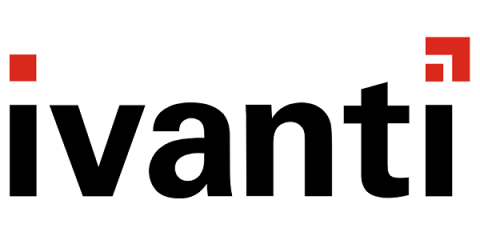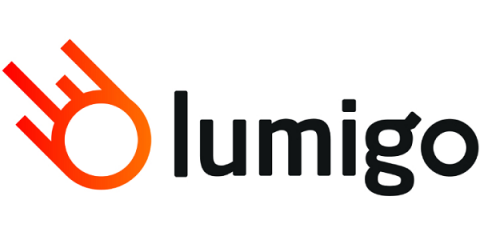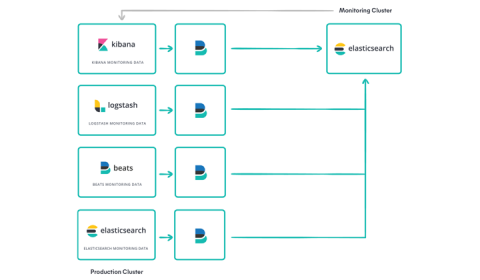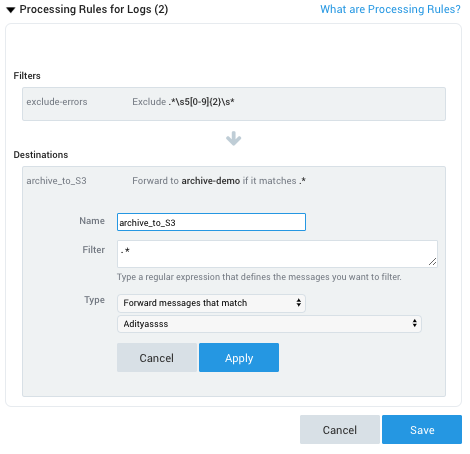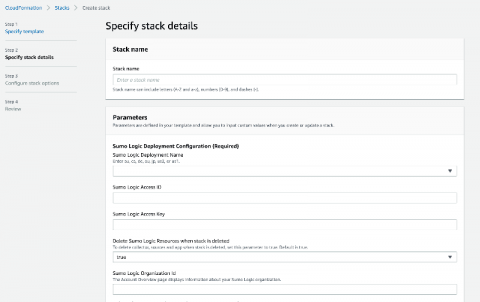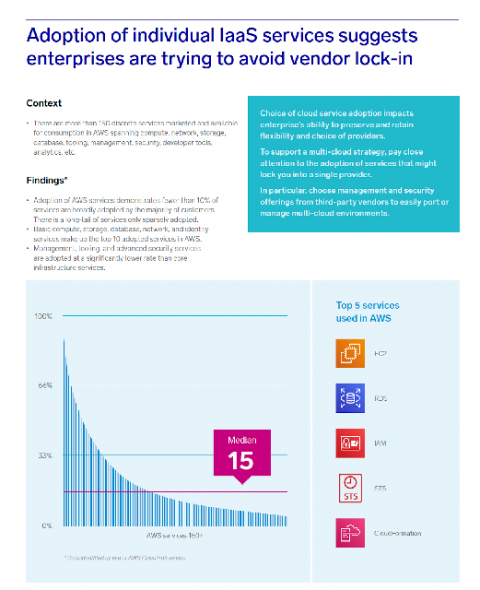Key ITAM Skills They Don't Tell You About
In the film Taken, Liam Neeson states that he has a "particular set of skills" that he plans on using to find the kidnappers who have taken his daughter. He’s very clear about what skills are required and how he is going to use them. With that in mind, there is a very particular set of skills that an IT Asset Management (ITAM) professional thinks they need to forge a successful career.


